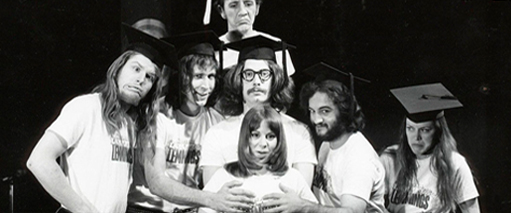Film Review: Drunk Stoned Brilliant Dead: The Story Of National Lampoon
Dynamic Documentary Traces The Rise And Fall Of A Comedy Empire


Latest Article|September 3, 2020|Free
::Making Grown Men Cry Since 1992

